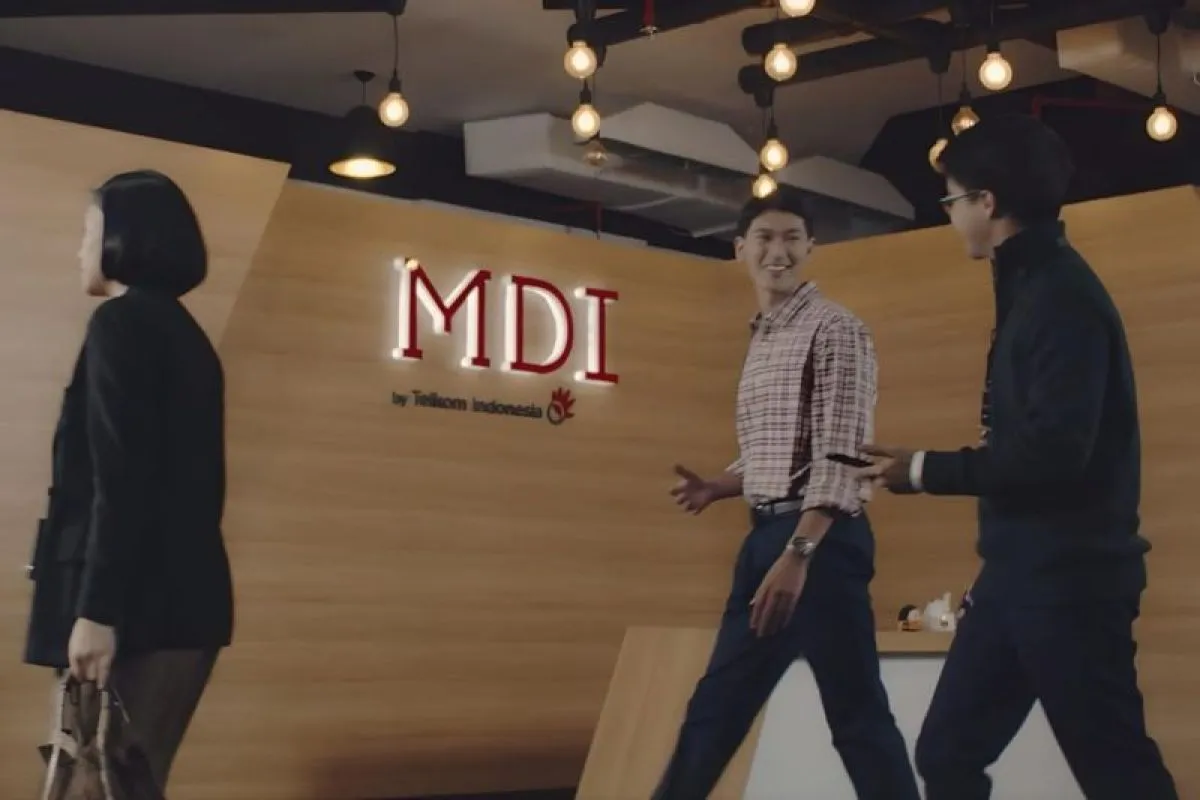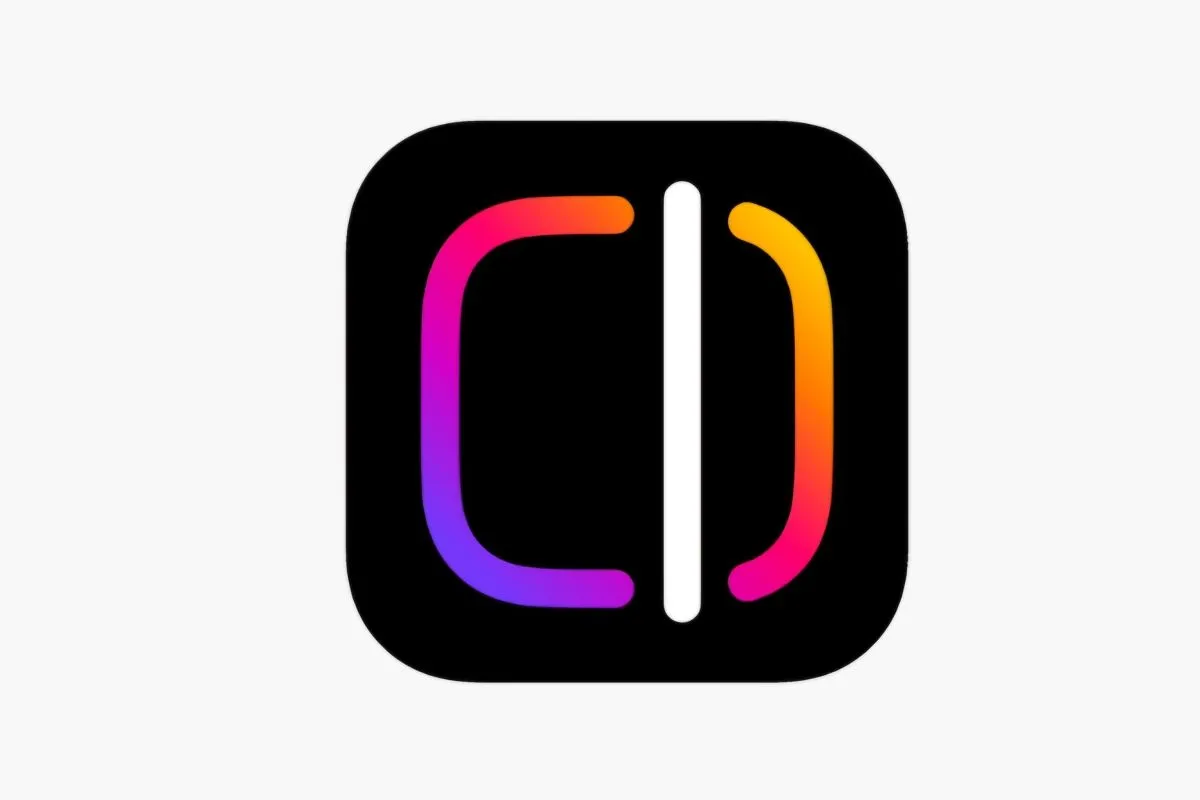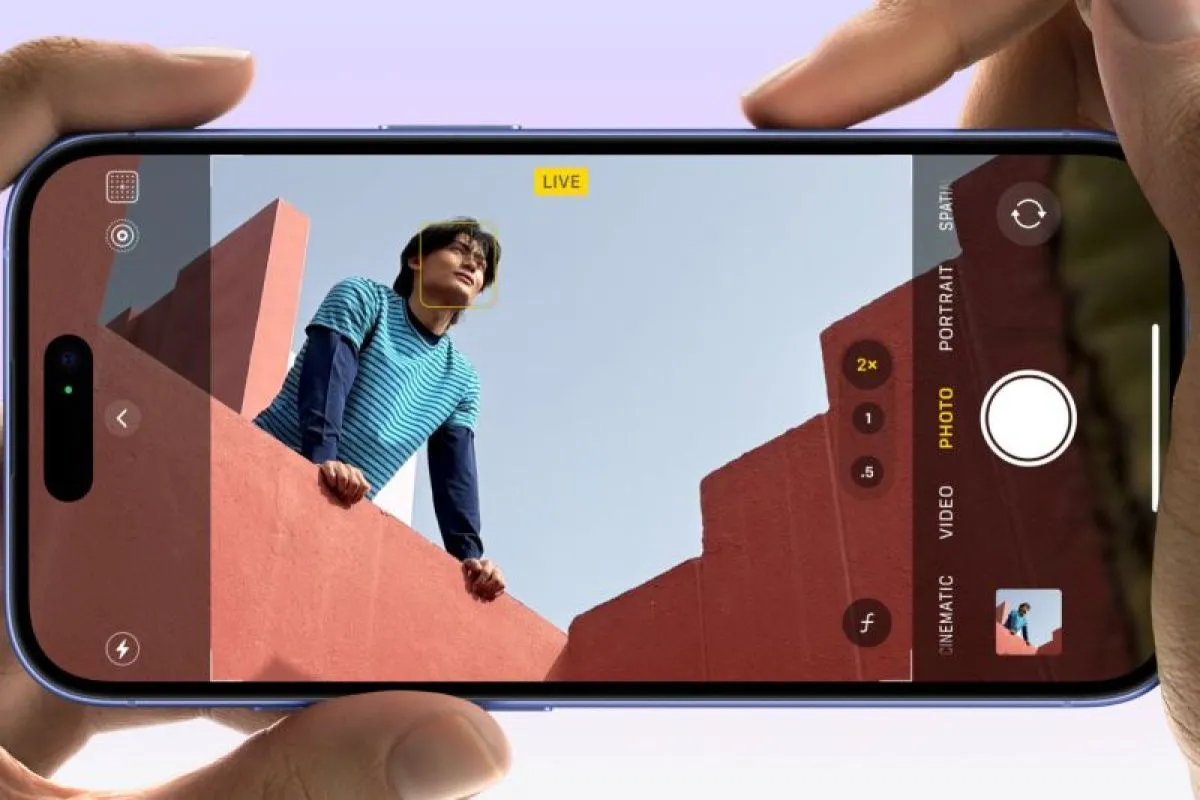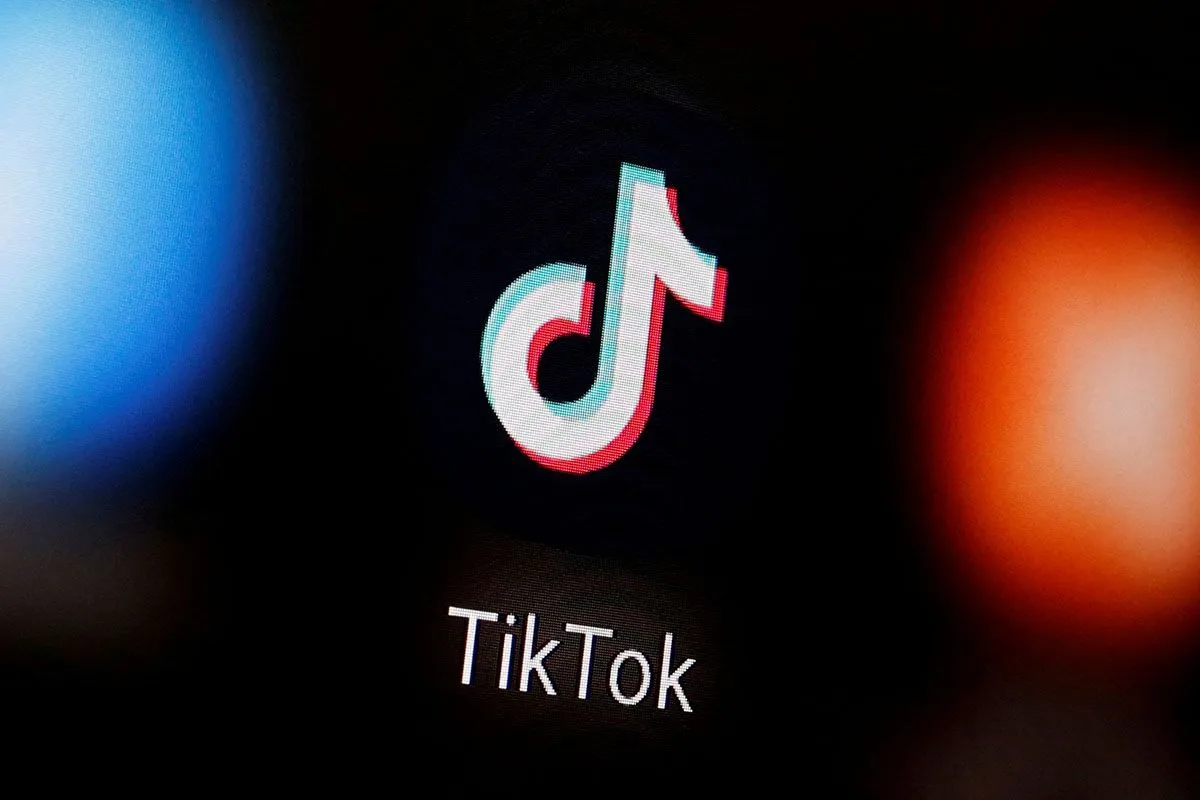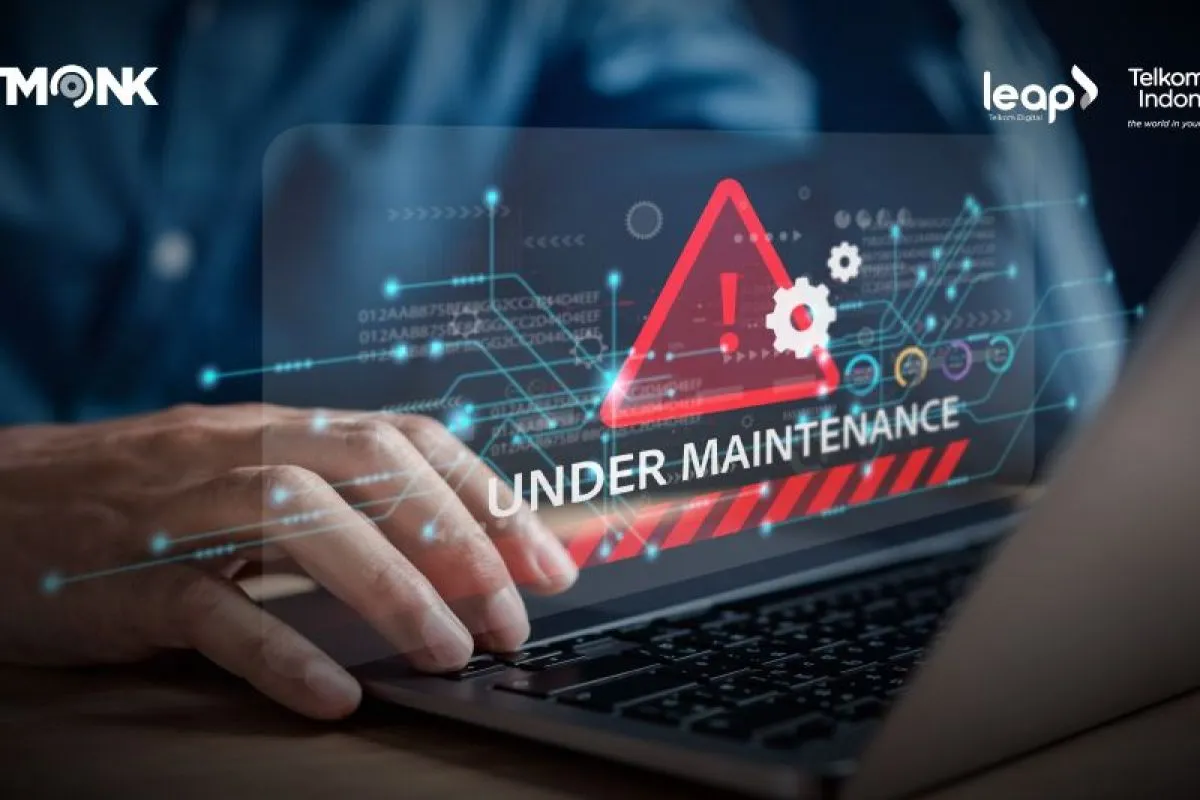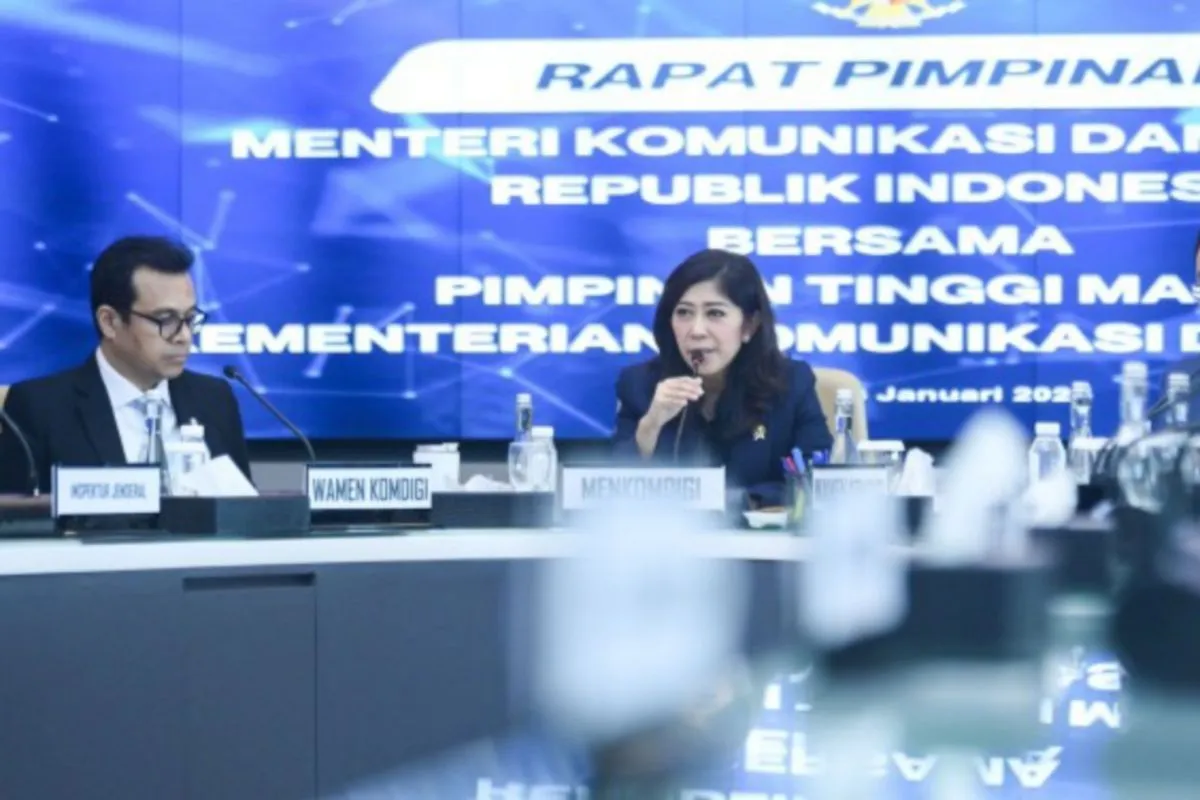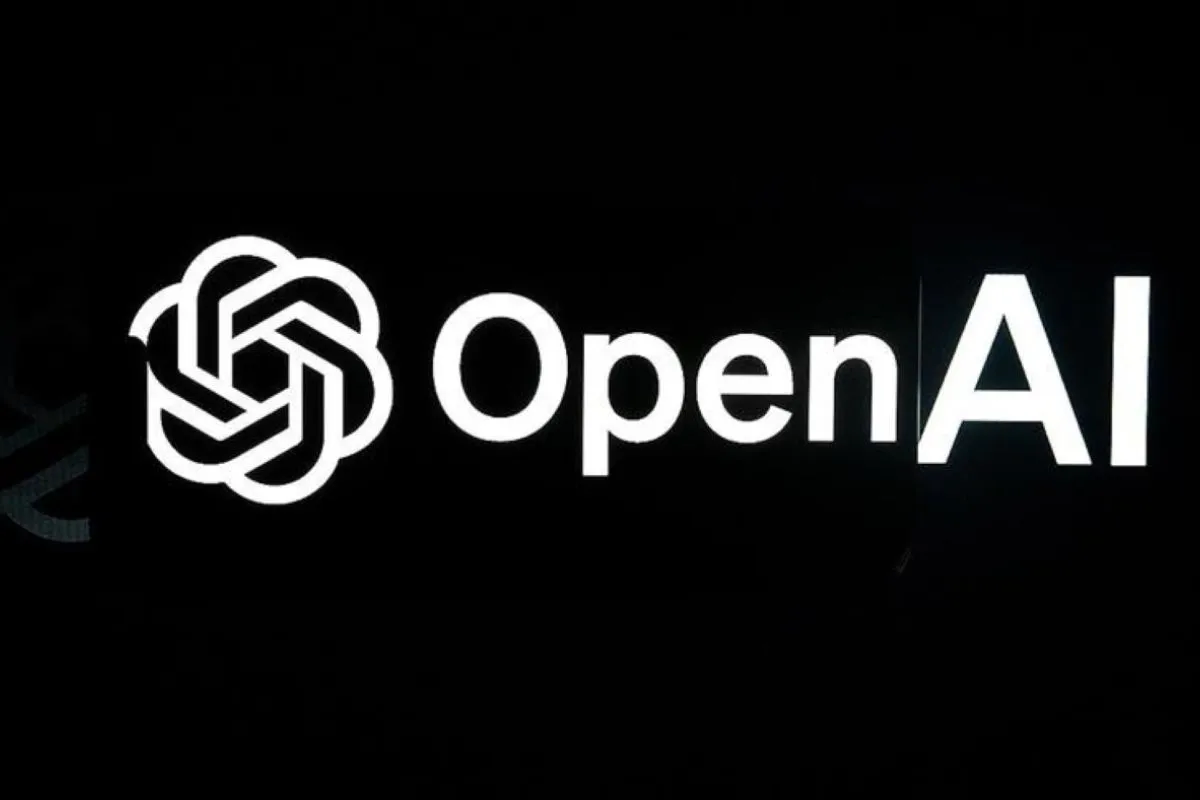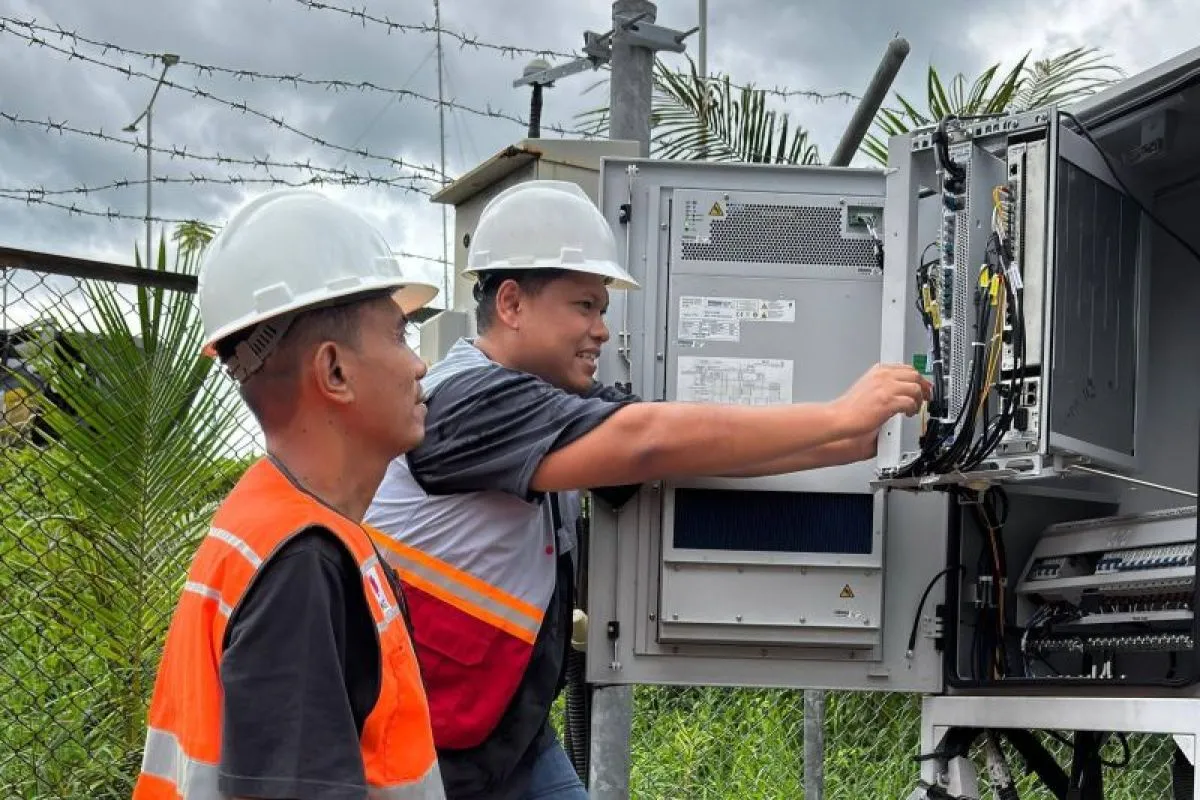MDI Ventures umumkan pendanaan bagi perusahaan keamanan siber Cyfirma
Jakarta – MDI Ventures, perusahaan modal ventura yang ada di bawah naungan PT Telekomunikasi Indonesia (Telkom), mengumumkan pendanaan bagi Cyfirma, perusahaan rintisan di bidang keamanan siber yang berfokus pada intelijen ancaman dan manajemen ancaman eksternal.
“Pendekatan inovatif Cyfirma terhadap keamanan siber sejalan dengan tujuan kami untuk memperkuat bisnis yang berorientasi pada keberlanjutan sekaligus memenuhi kebutuhan akan perlindungan digital yang semakin relevan di era ini,” kata CEO MDI Ventures Donald Wihardja sebagaimana dikutip dalam siaran pers perusahaan di Jakarta, Selasa.
Cyfirma akan menggunakan dukungan pendanaan untuk memperluas jangkauan pasar serta memperkuat penelitian dan pengembangan guna meningkatkan kemampuan dalam menghadapi serangan siber yang semakin kompleks.
Perusahaan rintisan itu juga akan menggunakan suntikan dana dari MDI Ventures untuk mendukung ekspansi di Asia Tenggara, khususnya Indonesia, serta memperkuat posisi di Jepang.
“Investasi dari MDI Ventures memberikan Cyfirma dukungan signifikan untuk tidak hanya memperluas kehadiran kami di kawasan ini, tetapi juga memperkuat kemampuan dalam memberikan solusi keamanan siber yang proaktif dan inovatif untuk melindungi organisasi dari ancaman yang terus berkembang,” kata Kumar Ritesh, pendiri dan CEO Cyfirma.
Kemitraan MDI Ventures dengan Cyfirma membuka peluang kolaborasi dalam hal solusi keamanan siber antara Cyfirma dan Telkom Group.
“Sebagai perpanjangan tangan dari Telkom Indonesia, kami melihat kemitraan dengan Cyfirma memegang peranan penting dalam memperkuat keamanan siber Telkom Group dengan mengintegrasikan solusi threat intelligence dan external threat management solution dari Cyfirma,” kata Donald.
MDI Ventures berharap dapat mendorong terciptanya ekosistem digital yang aman, berkelanjutan, dan mampu berkembang cepat di Indonesia maupun di tingkat global dengan mengintegrasikan kemampuan inovatif Cyfirma dengan sumber daya yang dimiliki oleh Telkom Group.



